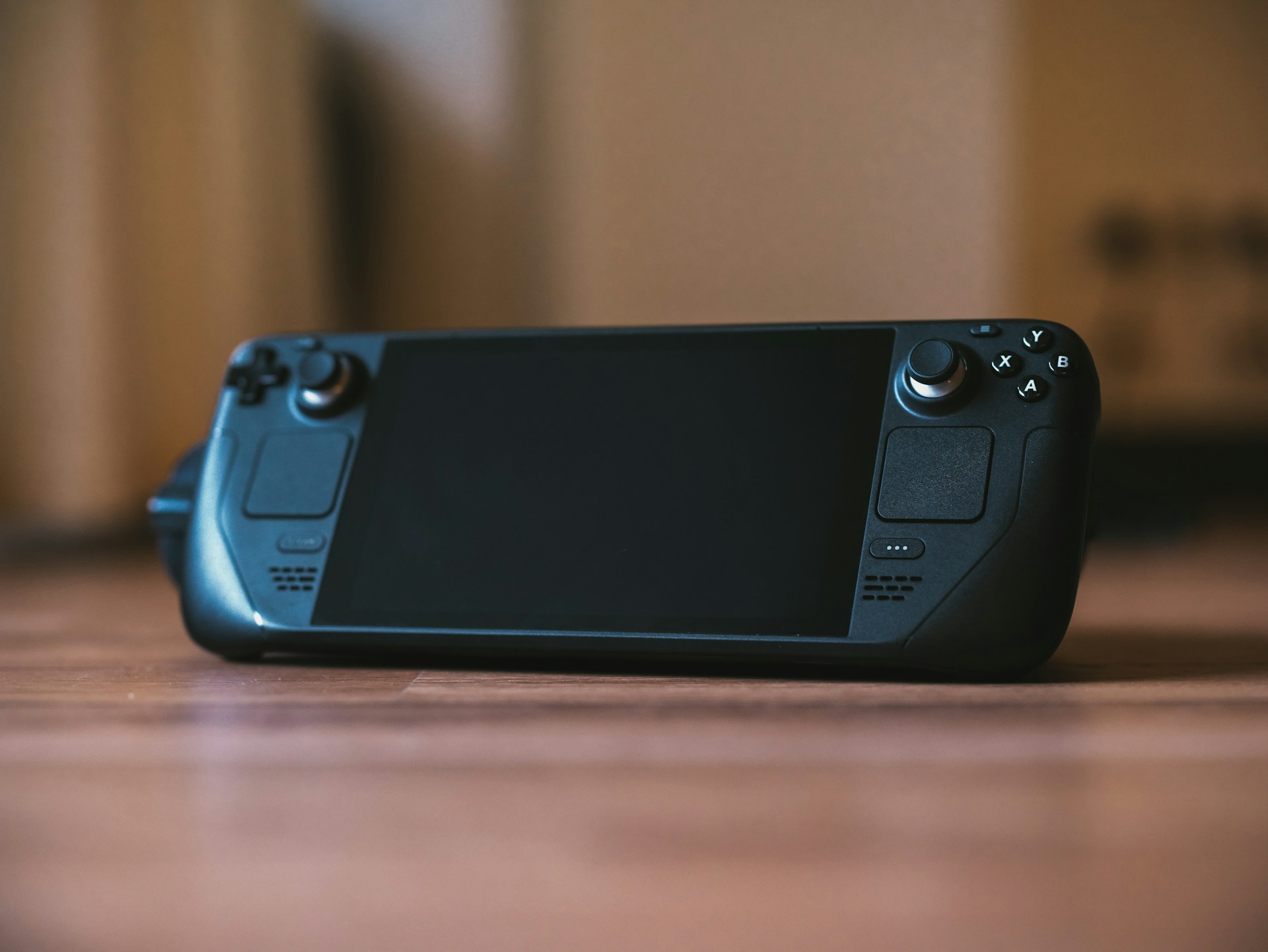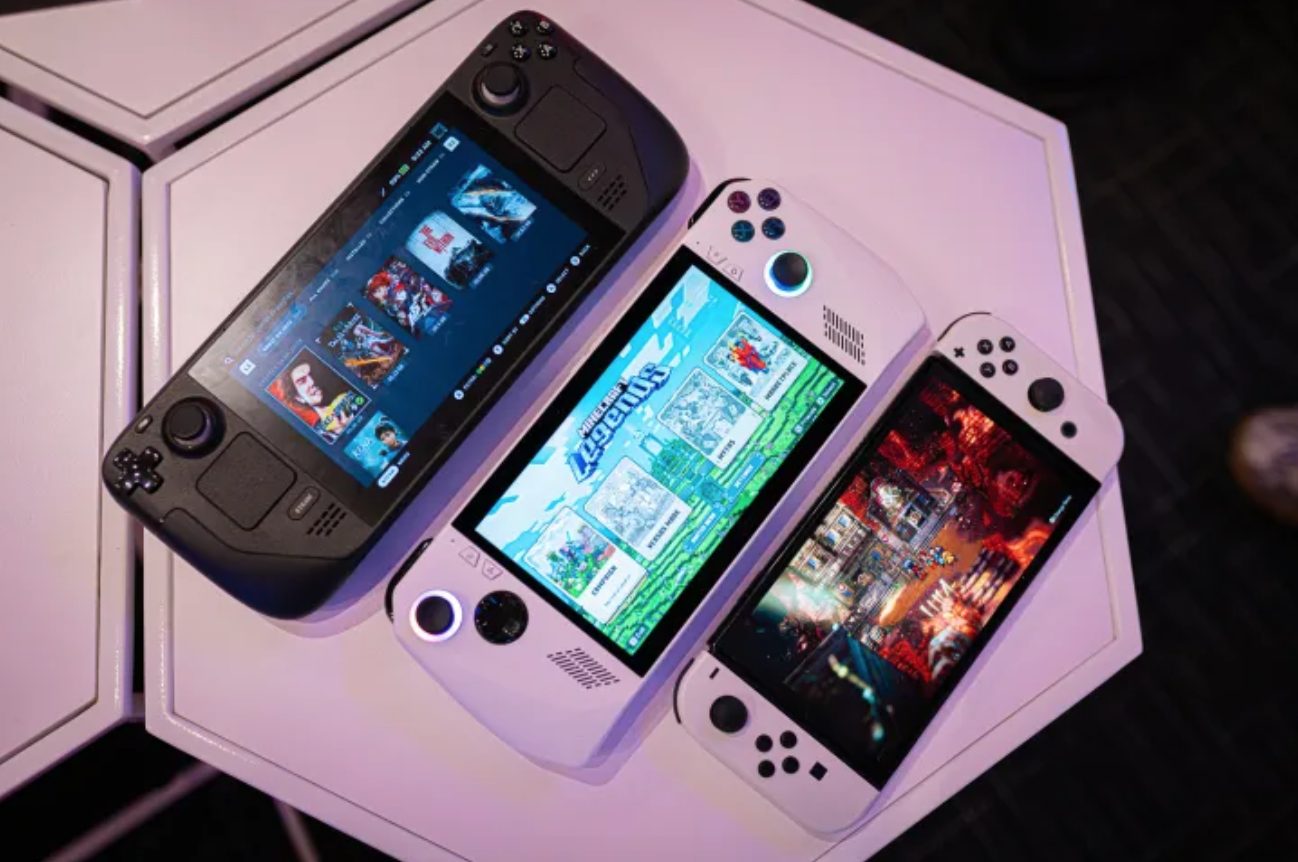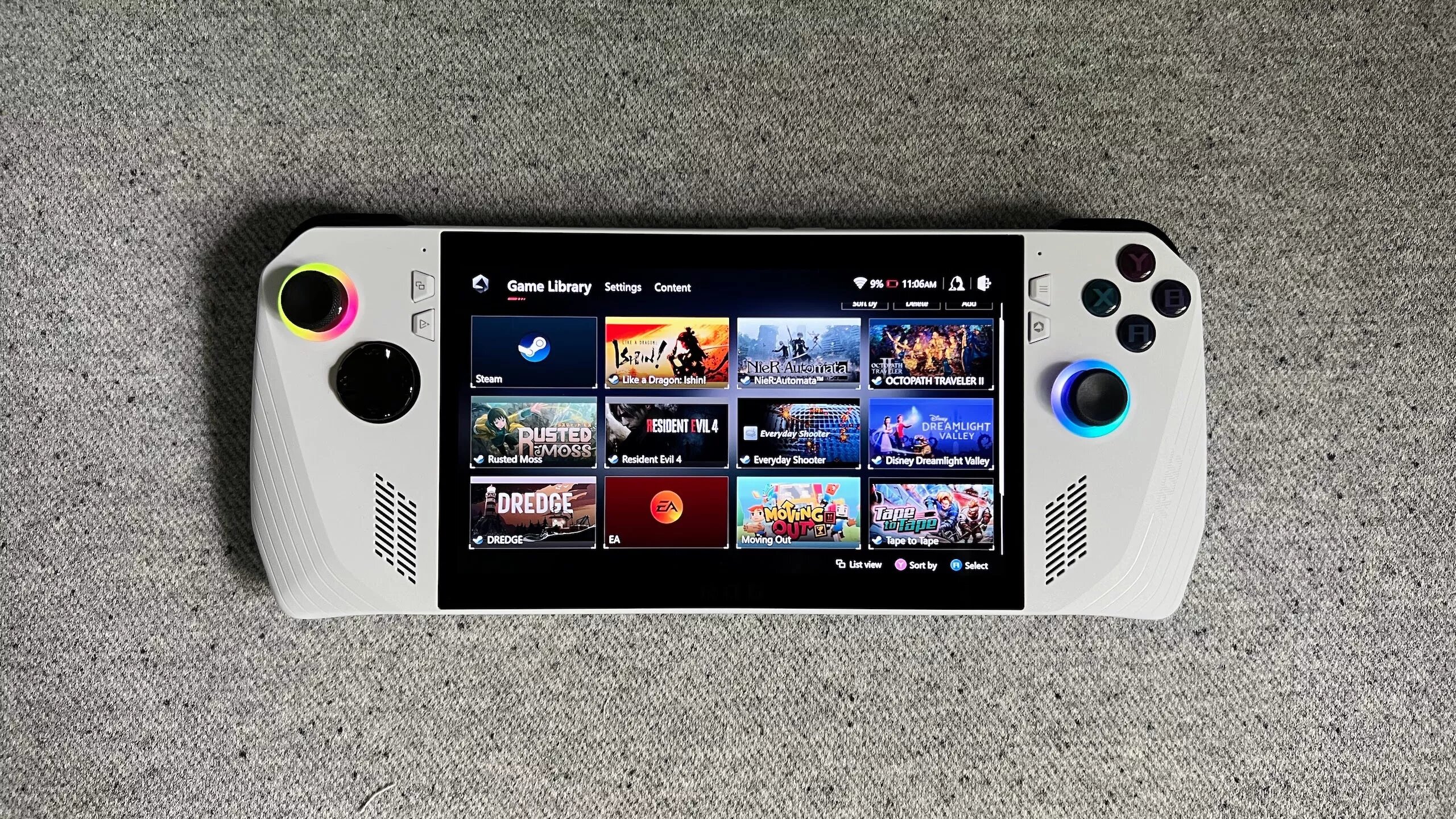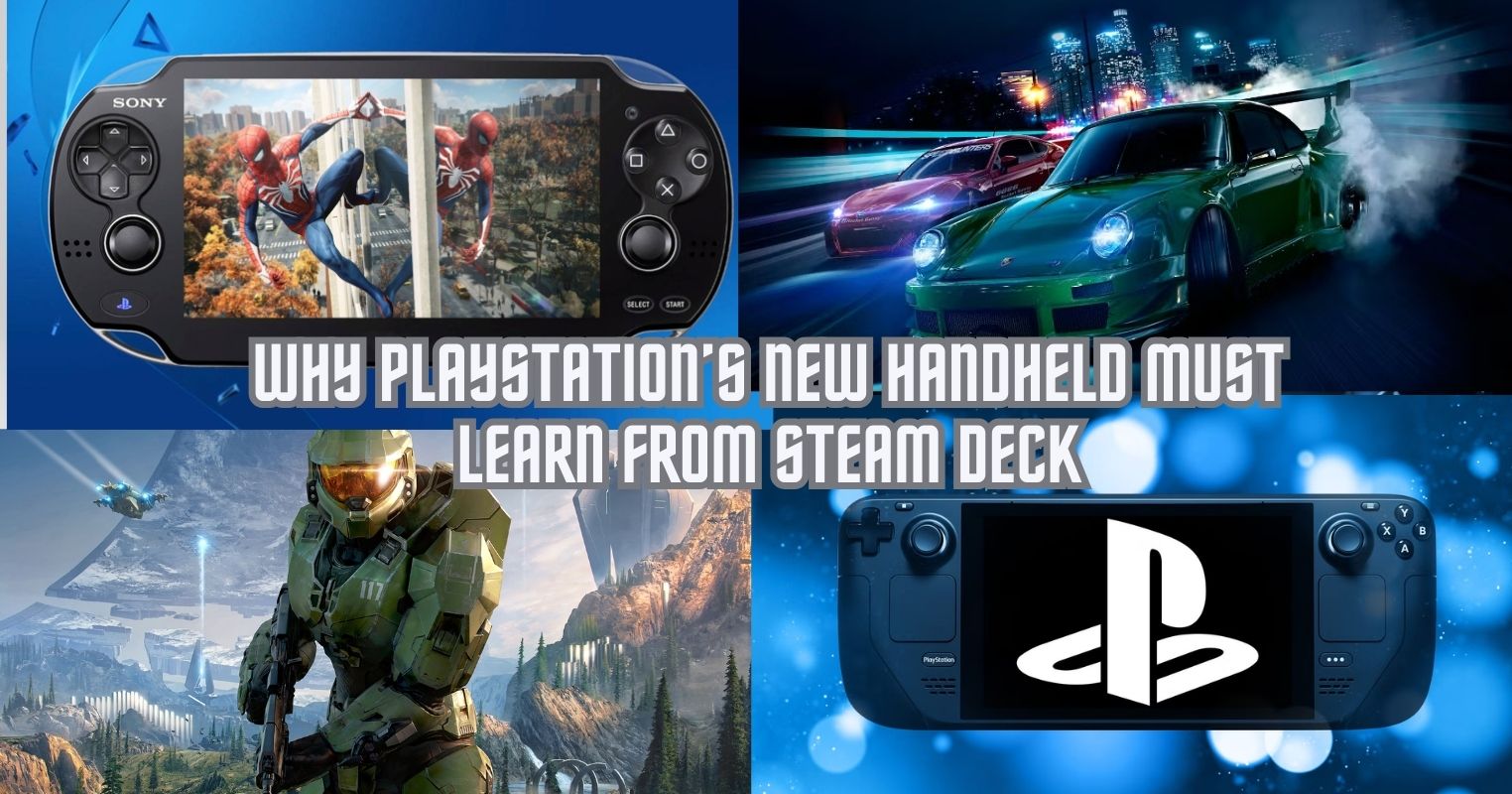As we all know it the gaming industry has always been in a constant state of evolution, striving to give gamers the best experiences. Recent years have seen the rise of handheld gaming PCs which has been a major development in the industry. Devices such as the Steam Deck, Lenovo Legion Go and ASUS ROG Ally have blurred the lines traditional gaming consols and laptops. This has allowed for players to take their favorite games with them on the go. Let’s discuss what the future holds for these handheld consoles. For a long time, the world of handheld gaming was dominated by consoles such as the PlayStation Portable (PSP), Nintendo Switch and Game Boy etc. However, there was a problem with these consoles, they relied on exclusive software and hardware restricting the number of available games. The introduction of powerful handled consoles to the world of gaming has revolutionized portable gaming by providing gamers access to a huge library of games minus the portability restrictions of traditional setups. The success of Valve’s Steam Deck has proved that there is a huge demand for handheld PCs that offer both power and portability. The device running on a custom AMD APU and leveraging Steam’s extensive game library has opened the doors for competitors such as Lenovo, ASUS and Ayaneo to enter the market with their own powerful handheld Gaming PCs. However, the peak of the Steam Deck has now passed and currently it is unable to run new AAA titles. As days pass games demand more and more processing power which current handheld PCs are unable to offer. The future of handheld gaming PCs will depend majorly on the following advancements in key areas: Modern handheld gaming PCs already feature custom APUs and GPUs from AMD and Intel, but players are expecting future consoles to push the boundaries even further. With the development of more efficient chipsets such as the AMD Ryzen Z1 series and Microsoft’s potential entry into the space, handhelds will continue to bridge the gap between power and efficiency. Screen technology is another major factor in the evolution of handheld gaming consoles. Current models offer 120Hz refresh rates and OLED options. Future models are expected to bring better resolution, faster response times, and improved efficiency through mini or micro-LED displays. Higher refresh rates and adaptive sync technology will ensure smoother gameplay without draining battery life too quickly. Additionally, handhelds by companies such as Xbox will feature AI upscaling methods further improving the visual experience. Battery life remains as one of the biggest issues when it comes to handheld gaming PCs. Current handheld gaming PCs struggle to provide extended play sessions when used at high settings. With advances in battery chemistry, energy efficient processors and with better power management software playtime could significantly improve without a compromise in performance. Cloud gaming services such as the NVIDIA GeForce Now, Xbox Cloud Gaming and PlayStation Plus Cloud Streaming has added a new dimension to handheld gaming. Future handheld gaming consoles could feature the use of 5G and Wi-Fi 7 connectivity to enable seamless cloud gaming experiences. This will reduce reliance on local processing power allowing for even thinner and lighter devices. A huge issue with current handheld consoles is upgradability. Future designs could incorporate modular components allowing for players to able to upgrade RAM, storage and even processors. This approach may cause some engineering challenges, but companies are already experimenting to try and lengthen the lifespan of handheld gaming consoles. Software plays a crucial role in any device whether it be handheld or not. Current gaming PCs run Windows, Linux based operating systems or have custom user interfaces. Manufacturers in the future must ensure seamless optimization for handheld use and create user friendly interfaces.
As technology continues to advance handheld gaming PCs are set to become even more efficient and versatile. Ultimately the future of handheld gaming PCs will be dependent on how well manufacturers balance power and portability while addressing certain challenges such as battery life and software issues. The question is are handhelds here to stay? to which I’ll say only time can tell. Thank you! Please share your positive feedback. 🔋 How could we improve this post? Please Help us. 😔 Moiz Banoori, with a decade of experience in gaming and tech journalism and a degree in journalism, is a notable figure in the industry. He has contributed to various esteemed platforms, showcasing his expertise in both reporting and opinion writing.
The Rise of Handheld Gaming PCs
Processing Power and Efficiency
Display and Refresh Rate Improvements
Battery Life Innovations
Cloud Gaming Integration
Modular and Upgradable Designs
The Role of Software Optimization
The Road Ahead
The Future of Handheld Gaming PCs
What does the future hold for handheld gamin PCs.
Story Highlights
Was our article helpful? 👨💻
 Join Our Community
Join Our Community
Still having issues? Join the Tech4Gamers Forum for expert help and community support!








